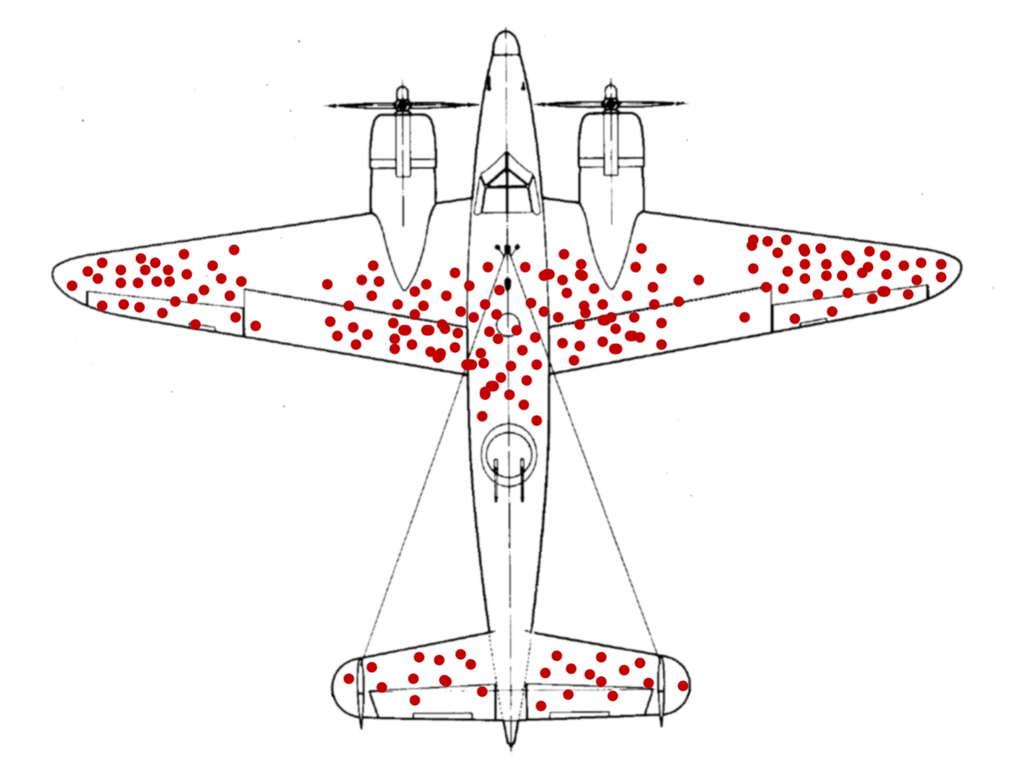Why are so many key date coppers counter stamped?
As title states, ive been looking at a bunch of early coppers and keep seeing key dates that are counterstamped like the 1804 below. Why is that? also theyre always huge counterstamps to boot!
https://www.ebay.com/itm/1804-United-States-Draped-Bust-Large-Cent/114402238891?hash=item1aa2e7a1ab:g:dUwAAOSwJSlfWrpY
0
Comments
Back in the day a lot of people would "Mark" their coins to prove that they belonged to them, a lot of half dollars were marked at Army Forts to see where the money was being spent, most ended up at the local tavern or in some cases Brothels- just saying it hard to tell why so many were marked with a counterstamp.
it's probably just more noticeable because you're for them and the extant numbers are low. I would think the more common dates were c'stamped as well but since you aren't looking for them(and they aren't offered as much) you won't see them.
a "key date" with a c'stamp will sell, a common date probably won't.
Agree with @keets. I doubt people were saying, this is a key date, let's counterstamp it
It's just more noticeable with low populations.
It probably has to do with survivorship bias too. When large cents were saved by collectors in the mid 1800s, collectors probably saved just about every example of scarce dates that they came across, whether they were heavily worn, corroded, counterstamped, damaged, etc. For more common dates, there would be less incentive to save the lower end examples, so those preferentially went to the melting pots.
It’s like the classic example of survivorship bias from WWII where a bunch of bombers were returning home with damage in the areas represented by red dots (image from Wikipedia):

Military personnel wondered why planes were taking so much damage in those areas and why other areas were relatively unscathed. Some even contemplated increasing the amount of armor in the red areas. The full story, though, is that the planes that took damage in the relatively unscathed areas never made it home.
Similarly, common date large cents were probably counterstamped at the same rate as scarce date large cents, but the common dates were lost to history.
A lot of old copper survival depended on desirability... i.e. key dates due to significance, mintage or design change. Counterstamps were used as marketing hype, ownership or sentimental purposes. Cheers, RickO
Interesting. In 40+ years of collecting and studying counterstamps on silver I am not familiar with any Army released half dollars counterstamped for that purpose (or any other denomination for that fact). Could you please point me towards a reference or citation that mentions that interesting use?
They thought counter stamps were good looking.